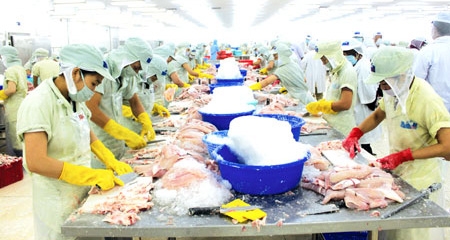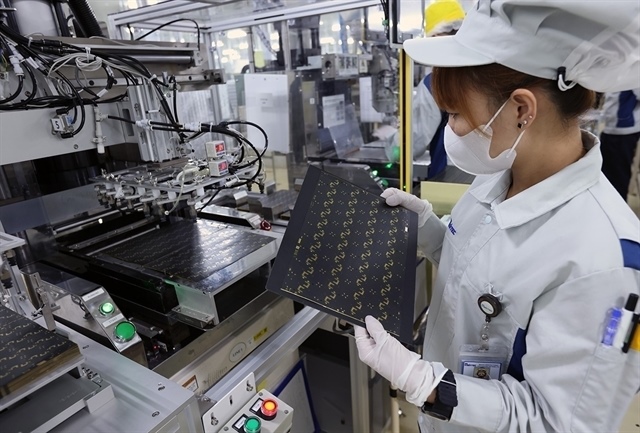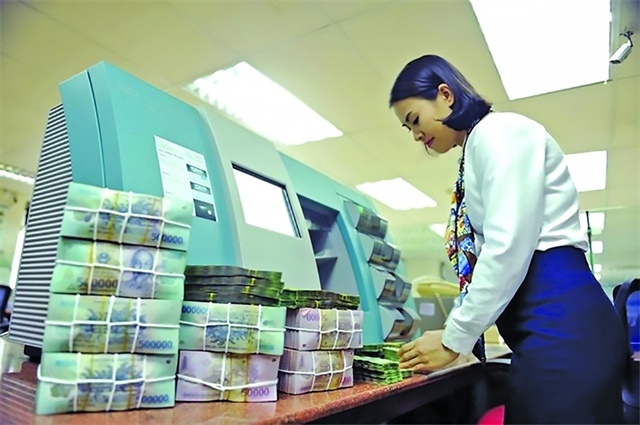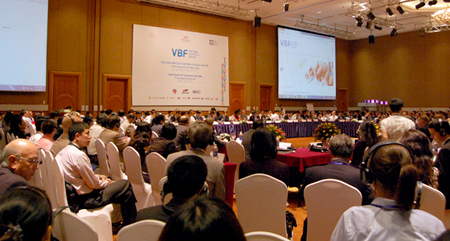Both trade deficit and surplus cause big worries to Vietnamese
Both trade deficit and surplus cause big worries to Vietnamese
Just within half a year, Vietnam’s foreign trade has gone from one extreme to another. However, both the trade deficit and trade surplus cause worries.

In late 2012, the Ministry of Industry and Trade’s statement that Vietnam exported more than it imported animated Vietnamese people. Vietnam, once again obtain the trade surplus worth $780 million after two decades of witnessing trade deficit.
The trade surplus, in the eyes of many people, meant that the domestic production developed strongly which better satisfied the domestic demand, thus allowing reducing the imports.
The higher exports over imports then also eased the worry about the short foreign currency supply, which always caused a headache to the government. Once Vietnam earned more dollars than it spent, there would be no need to worry about the dollar supply which may lead to the dong depreciation.
However, right at that happy moment, analysts gave the warning that they could see risks in the good news. They said this should be seen as a worry than a joy. Once Vietnam, a developing economy, does not import materials, this means that its production has come to a standstill.
In general, Vietnam has to import materials in big quantities for the domestic production. The decrease in the material imports does not mean that the economy now can make the materials itself, but simply because its production has become stagnant. As such,, no material imports spells no production.
The trade surplus has stopped when the trade deficit came back in April 2013 and increased sharply in May 2013 to $1.9 billion. However, the worry still exists.
The trade deficit is not seen as the good news at all. Though this means that the production has been resumed and it would be better in the time to come, analysts still can see latent risks.
In principle, the big trade deficit would put a hard pressure on the payment balance and the exchange rate. And if the luxurious imports account for a big proportion of the total imports, this would be a high risk to the national economy.
Especially, analysts have voiced their worries about the weakened competitiveness of Vietnamese enterprises.
They have found that the categories of products which saw the sharp increase import turnover in April and May 2013 were the materials for garment, footwear, electronics production. This signals the recovery of the domestic production.
However, Vietnam has also been warned about the heavy dependence of Vietnamese enterprises on the material imports from China. National Assembly’s Deputy -- Truong Trong Nghia, said at the National Assembly’s session that Vietnam now buys too much from China, from the input materials to technologies, which would make the Vietnamese economy reliant on China.
In principle, the high imports of materials would lead to the high exports of finished products. However, the problem is that it is the foreign invested enterprises which make the greatest contribution to the export growth. Meanwhile, the 100 percent domestic invested enterprises remain very weak.
Vietnam exported a big quantity of rice in the first months of the year, but it could earn only a little money, because of the dramatic rice export price decrease in the world market.
Vietnam is facing too many barriers in the export markets, including the order cuts, technical barriers, trade frauds. Therefore, boosting exports would not be an easy task for Vietnamese enterprises in the last months of the year.
vietnamnet




















